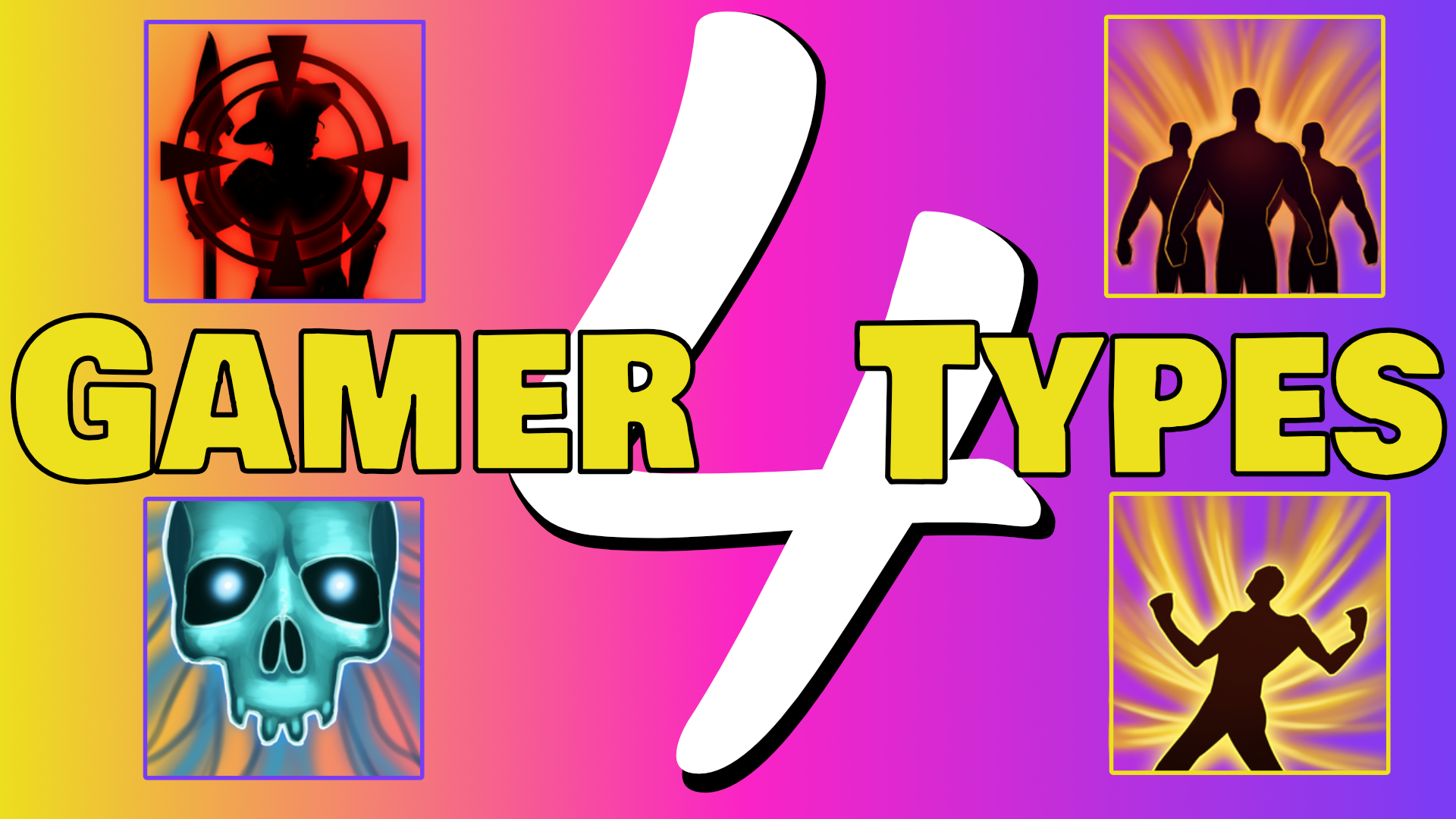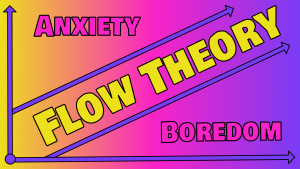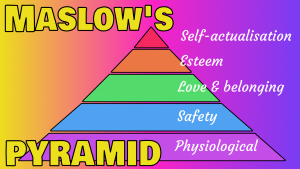Gamification has become a popular trend in the world of gaming, as it enhances the gaming experience for players. However, designing games that will keep players engaged can be a daunting task. This is where Bartle’s Player Types come in. In this post, we will discuss Bartle’s Player Types for Gamification and how they can help you design a more satisfying gameplay experience for your players.
The Psychology of the Player
Before diving into Bartle’s Player Types, it’s important to understand the psychology of the player. Games are a form of entertainment that allows players to escape reality and explore different roles and identities. Players are motivated by different factors that drive their engagement with the game. Understanding these motivations is crucial for creating a game that players will enjoy.
The Achiever
The first player type is the Achiever. These players are driven by the desire to complete tasks and earn rewards. They enjoy the feeling of accomplishment that comes with beating a game or achieving a high score. Achievers are motivated by the feeling of progress and the sense of accomplishment that comes with it.
To design a game that appeals to Achievers, consider incorporating levels, challenges, and rewards. Providing feedback on their progress and recognizing their accomplishments will keep them engaged and motivated to progress further in the game.
The Explorer
The second player type is the Explorer. These players are driven by the desire to uncover the secrets of the game world. They are fascinated by the unknown and enjoy discovering new areas and uncovering hidden secrets. Explorers are motivated by the sense of discovery and the thrill of the unknown.
To design a game that appeals to Explorers, consider incorporating hidden areas, puzzles, and easter eggs. Giving them the freedom to explore and discover new things will keep them engaged and motivated to explore further in the game.
The Socializer
The third player type is the Socializer. These players are driven by the desire to interact with other players. They enjoy forming relationships and building communities within the game. Socializers are motivated by the sense of connection and the sense of belonging that comes from being part of a community.
To design a game that appeals to Socializers, consider incorporating multiplayer options, social features, and cooperative gameplay. Providing opportunities for players to interact with each other and form relationships will keep them engaged and motivated to continue playing the game.
The Killer
The fourth player type is the Killer. These players are driven by the desire to compete and defeat other players. They enjoy the feeling of power and control that comes from winning. Killers are motivated by the thrill of competition and the feeling of dominance.
To design a game that appeals to Killers, consider incorporating competitive gameplay, leaderboards, and PvP options. Providing opportunities for players to compete with each other will keep them engaged and motivated to continue playing the game.
Don’t Stereotype
It’s important to remember that players can have a combination of these types, and that these types are not mutually exclusive. Players can be an Achiever and an Explorer or a Socializer and a Killer. It’s important not to stereotype players based on these types. Instead, use these types as a guide to design gameplay experiences that appeal to different player motivations.
The Take Away
In conclusion, understanding Bartle’s Player Types can help you create a more engaging and satisfying gameplay experience for your players. By keeping in mind the motivations behind why people play games, you can design your game to appeal to these motivations. Designing a game that appeals to different player types can help you reach a wider audience and keep them engaged with your game. Thank you for reading, and we hope you found this post helpful!



